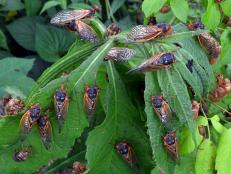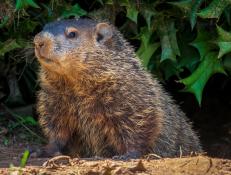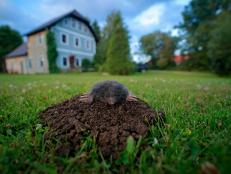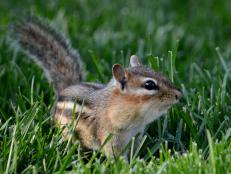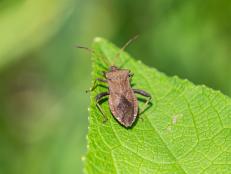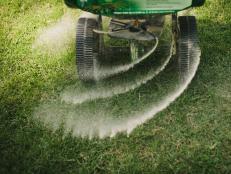Controlling Whiteflies and Aphids
Find tips here for keeping these common pests at bay.

Shutterstock/Floki
Tools and Materials
- Pruners
- Yellow sticky traps
- Insecticidal spray: soap, horticultural oil, neem
- Hand sprayer
- Hose
Step 1: An Aphid's Life
Aphids like the low light levels and cool conditions of spring and fall. They will attack all plant parts but prefer young, succulent growth. There are many species of aphids, some named after the plants they attack, such as pea aphids and peach aphids. In general, all are small (1/16 to 1/4 inch long) and oval-shaped, and can be black, white, green or pink. Although most aren't very mobile, some forms have wings. All reproduce quickly, and under the right conditions a small number can bloom into a major infestation in no time. By sucking plant juices from leaves and stems, they weaken the plant. More seriously, they can transmit virus diseases that gradually debilitate and kill some plants.
Step 2: A Whitefly's Life
In cold-winter climates, whiteflies are mostly greenhouse or indoor pests, but they can be found in the garden. In mild-winter climates with no winter cold to kill them, whiteflies are serious outdoor pests. In recent years in the Southwest, pests such as the silverleaf whitefly have been among the most damaging to agriculture.
Adult whiteflies hide and feed on the undersides of leaves. They are most noticeable when you rustle the leaves and a cloud of tiny white specks emerges into the air like "plant dandruff," as some gardeners aptly describe them.
Like aphids, whiteflies reproduce quickly, laying white eggs that hatch into white crawlers on the undersides of leaves. Whiteflies thrive in sunny, warm conditions. The crawlers and adult flies suck plant juices, weakening the plants.
Step 3: Aphid and Whitefly Controls
The first line of defense is prevention. Check plants regularly. Avoid high-nitrogen fertilizers, which create young, succulent growth which these insects love. Isolate infested plants from others and control the pests aggressively.
For whiteflies, hang yellow traps coated with a sticky substance close to the tops of plants. Whiteflies are attracted to the color yellow, and once they land will be stuck and die. Hand-crush small populations of young aphids and whiteflies. Encourage natural enemies in the garden, such as ladybugs and lacewings, by planting diversity of plants and not spraying pesticides. As a last resort, use low-toxic sprays such as insecticidal soap, horticultural oil, and neem to reduce populations before they get out of hand. Repeat treatments every few days until the problem is under control.







